Yardi Matrix: Seattle, Investor’s Paradise
Occupier and investor demand show no signs of slipping, which has led rents to continue to grow above the national average.
Seattle’s multifamily market remains solid. Occupier and investor demand show no signs of slipping, which has led rents to continue to grow above the national average, while investors seek to join the party. Transaction volume totaled $3.8 billion in 2015, a peak in the current cycle.
The metro’s economy is driven by the thriving technology and life sciences sectors, as the city is rapidly adding jobs in trade, transportation and utilities, but also construction, as a response to major infrastructure investments such as the $54 billion expansion of the Sound Transit bus and train lines. Other traditional employment segments such as manufacturing are losing ground, with Boeing cutting off thousands of jobs. Tech giants such as Facebook and Microsoft are expanding their activity in the city, making Seattle an attractive live-work-play environment and a top U.S. office market.
Development is still booming, particularly in Puget Sound submarkets, as young professionals answering the call of major employers keep demand at high levels. This led to an increase in rents at a rate that is almost double the national average. Rents jumped 9.4 percent in the 12 months through September, but with a vacancy rate at its highest level in the last five years (3.7 percent) and with a rapidly growing supply (particularly in the high-end sector), will lead to a moderation in rent values. Rent growth is forecast at 7.2 percent for the full year.



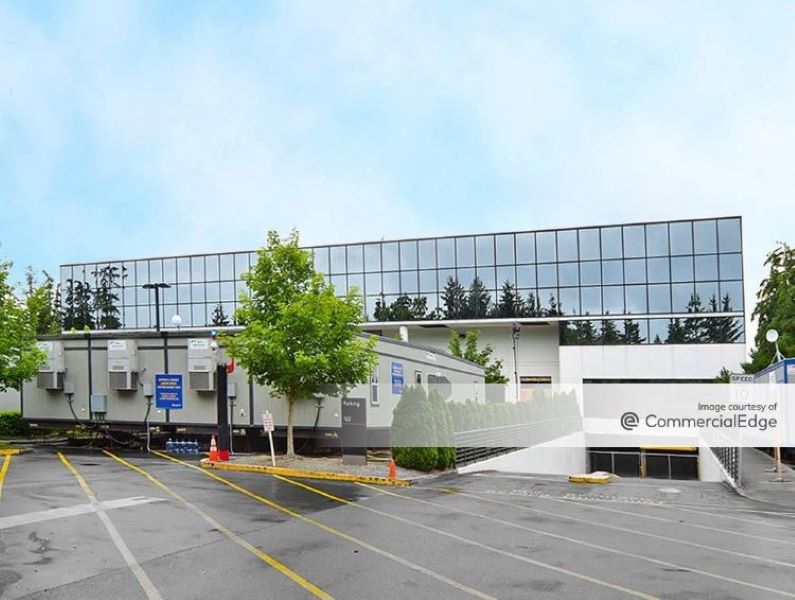
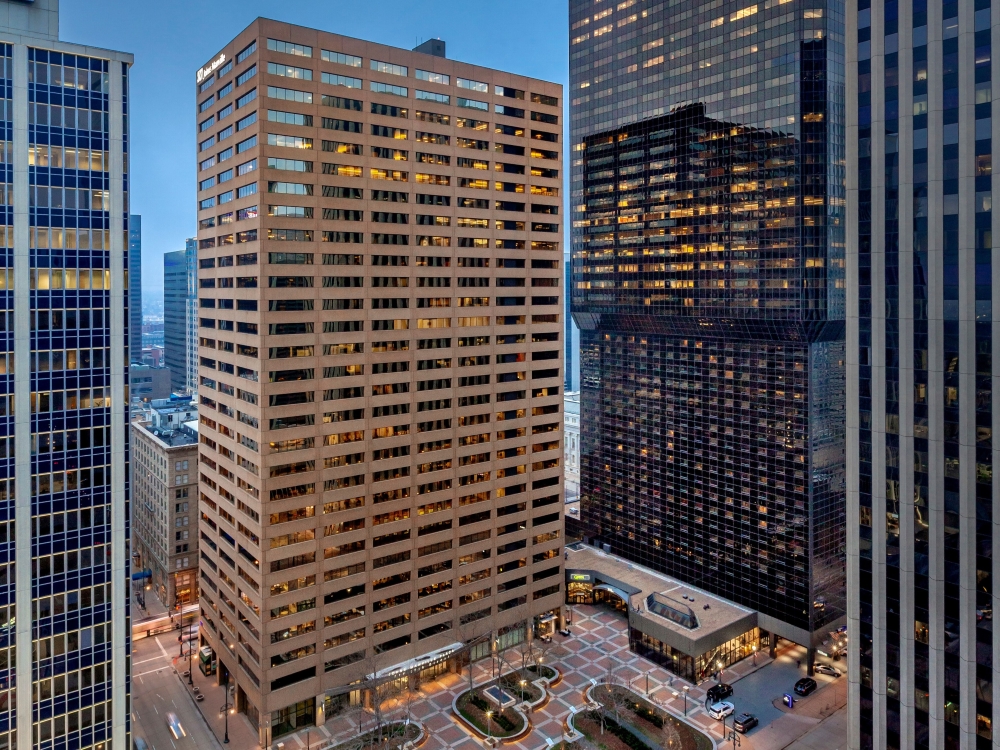
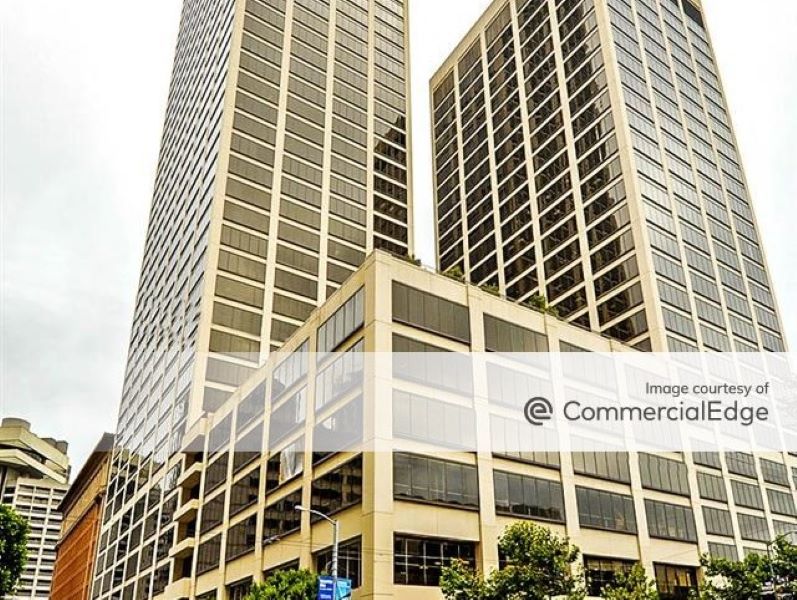
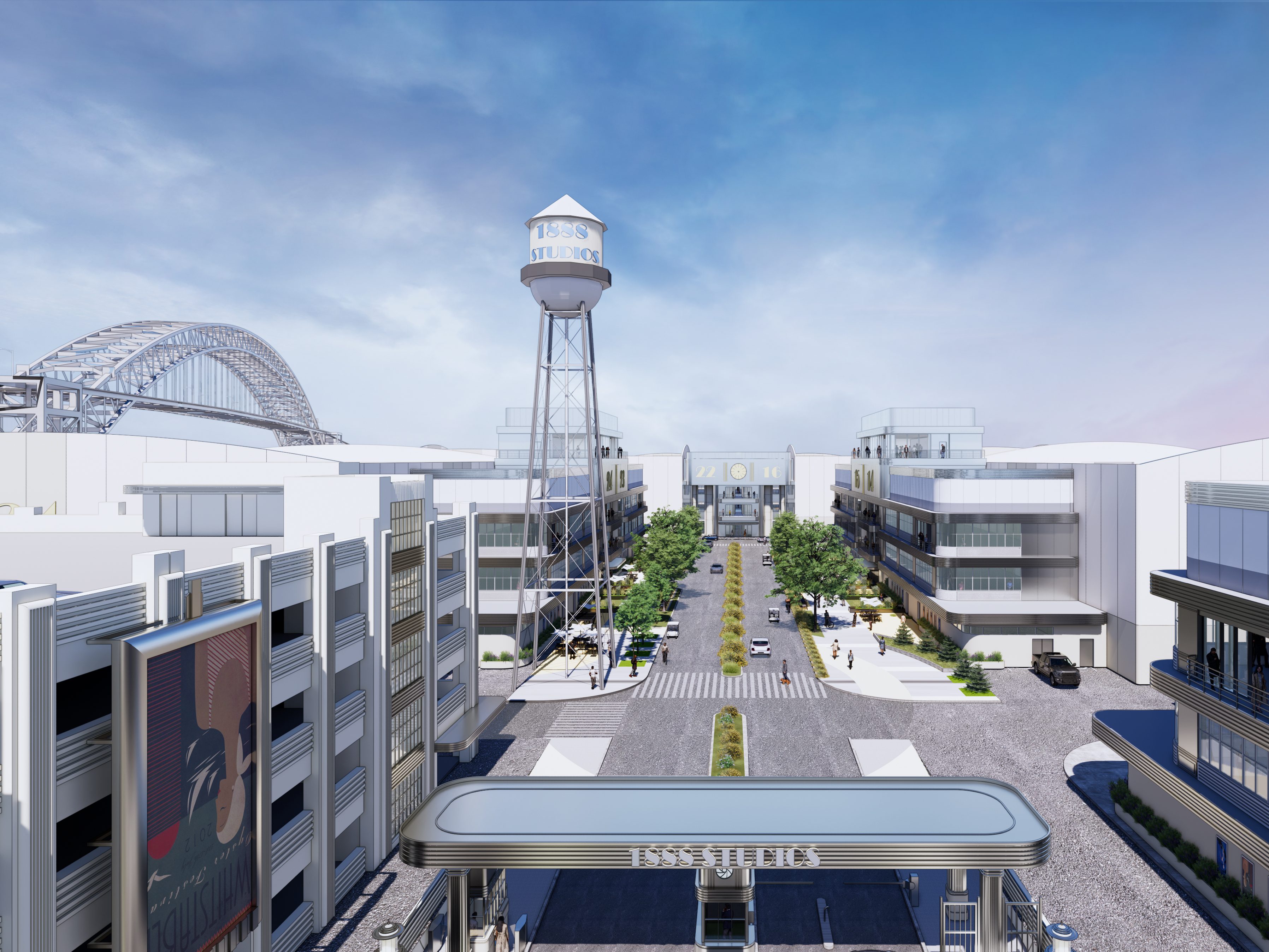
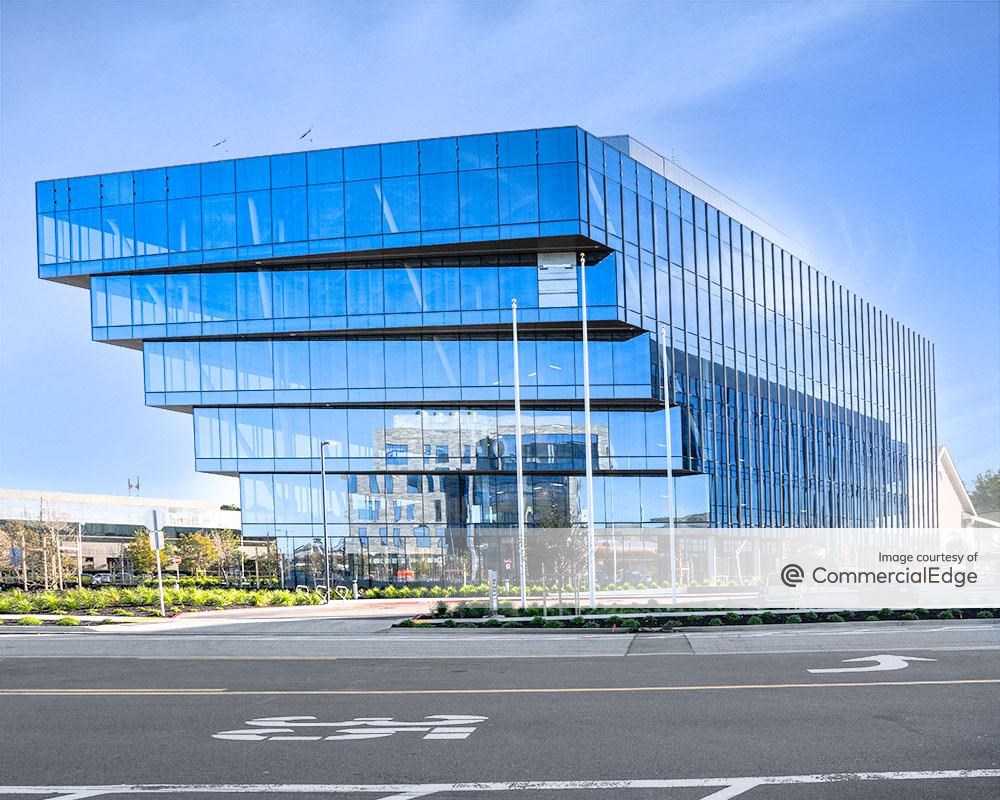
You must be logged in to post a comment.